Baseball History Comes Alive Now Ranked #2 by Feedspot Among All Internet Baseball History Websites and Blogs!
Guest Submissions from Our Readers Always Welcome!
Subscribe to Baseball History Comes Alive for automatic updates (sign-up block found in right side-bar)
As a Free Bonus for subscribing, you’ll get instant access to my two Special Reports: Memorable World Series Moments and Gary’s Handy Dandy World Series Reference Guide!
Injuries to Pitchers Photo Gallery
Click on any image below to see photos in full size and to start Photo Gallery:
Today we welcome the first essay from Mark Kolier. Mark has selected a topic that he feels very strongly about: the danger pitchers face from comebackers to the mound. I agree with Mark that MLB needs to do something – and soon – before there’s another on-field tragedy. In the featured photo, we see Herb Score on the ground after being struck in 1957. In the photo gallery, I put together a collection of more recent photos that vividly reveal the scope of the problem. We thank Mark for bringing this to the attention of our readers. -GL
Protecting Pitchers From Line Drives
The sound of the crack of the bat. It’s a sound like no other in sports. When winter turns to spring it’s one of the harbingers of the summer game in the United States and wherever baseball is played around the world! Yet sometimes the crack of the bat can result in a terrible even catastrophic injury to the originator of the play – the pitcher. Statistically, there is a less than 0.001 percent chance a pitcher will be hit. However, most fans, most PEOPLE, are understandably horrified when they see, hear, or learn about a pitcher being struck in the head by a line drive. And while it is rare it DOES happen.
Ray Chapman: Baseball’s only on-field fatality
Only one major league player has ever died from injuries sustained during a contest. It happened in 1920 (which if you are interested is one of the most interesting and amazing seasons in baseball history), when Yankees’ pitcher Carl Mays hit Cleveland’s star shortstop Ray Chapman on the side of the head with a pitch while he led off the fifth inning. This was prior to the use of batting
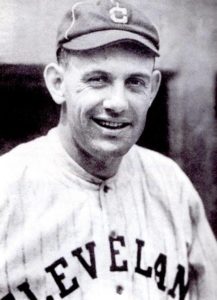
helmets which were only first used in MLB in 1941. Batting helmets were not made mandatory in MLB until 1971, which was only two years prior to the introduction of the designated hitter and two years after the onset of divisional play.
Pitchers both professional and amateur have been hit with line drives since baseball began. It’s safe to say that at the major league level, exit velocity off the bat of hitters has never been consistently higher. There are still many people around today who can tell you about the line drive that altered the career of Cleveland’s 1955 Rookie-of-the Year Herb Score in May of 1957. Score survived the shot off the bat of the Yankee’s Gil McDougald, (what is it with Cleveland and the Yankees?) but was never the same pitcher again.
What will it take?
Near Hall-of-Famer Jim Kaat was struck in 1962 and for him pitching batting practice was never the same although he claims to not have thought about it during the games he pitched. Over the past 25 years names like Bryce Florie, Chris Young (new Texas Ranger GM), Joe Martinez, Juan Nicasio, Brandon McCarthy, JA Happ, Aroldis Chapman, Archie Bradley, Matt Shoemaker and Dustin May all have been seriously injured by batted balls whether in a spring training or regular season game. Just last season on July 4, 2020, then-Yankee pitcher Masahiro Tanaka was felled by a line drive in batting practice off the bat of Giancarlo Stanton. Knowing how hard Stanton hits the ball is cringe-worthy. All returned to pitch again at the major league level.
My son Gordon and I host a podcast Almost Cooperstown and we were fortunate enough (thanks Jason Berge!), to get in contact with and have on our podcast, former MLB pitcher Willie Blair. On May 5, 1997 as a Detroit Tiger, Blair was working on a 4-hit shoutout with two outs in the 6th inning, a 107 MPH line drive off the bat of Julio Franco struck Blair in the side of the head and broke his jaw. Willie lay motionless on the field for more than five minutes. Doctors told him that had the ball hit a fraction of an inch from where it did, he could have died. Willie told us that in the audience at that game in Cleveland doing the radio broadcast was none other than….Herb Score! Score admitted to Willie later that it brought back memories of his own incident. Willie Blair took the mound again that season about a month later and pitched another four years in the majors.
So, what’s it going to take for MLB and baseball as a whole to do something to try to stop what seems inevitable? A pitcher being maimed or killed by a line drive would definitely get MLB’s attention. Yet as we discussed with Willie, isn’t waiting until something happens a terrible way to manage this issue? What can be done? Protective headgear for pitchers has been tried even at the MLB level with a funny looking cap most recently sported by Alex Torres who wore it while pitching for
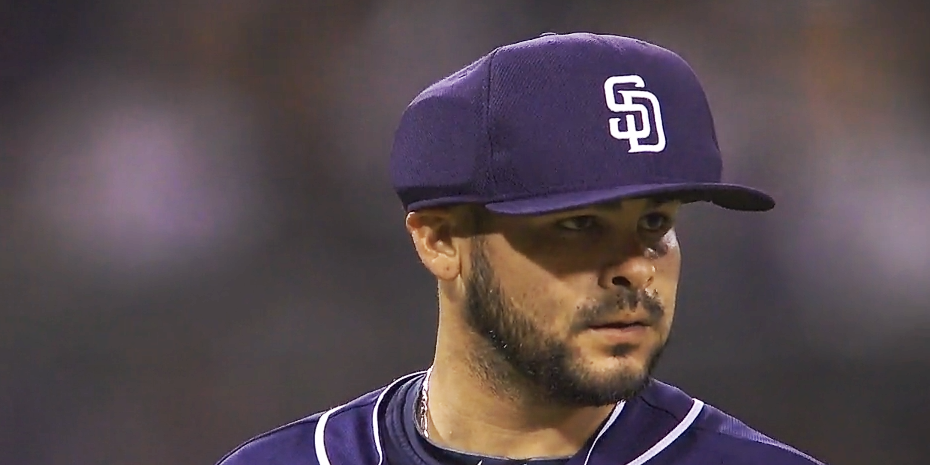
the Mets. It turns out that Willie Blair was the bullpen coach while both he and Torres were with the Padres and Willie knows and respects Alex Torres for who he is, why he wore a protective cap, and for withstanding the fallout Torres took from wearing it because it looks, and feels, well, weird.
Pitching at any level is difficult, and the act of throwing a ball is deemed by many experts as unnatural in and of itself. Wearing a slightly heavier protective cap either as a cap or on top of the cap will feel different to the pitcher and that’s unlikely to be a good thing. Slight alterations in a delivery to accommodate it (whether consciously or not) can result in an arm or other injury. And at present it looks odd, is a source of ribbing and even embarrassment from the other players, not to mention fans.
Possible solutions?
ESPN producer Willie Weinbaum has covered this subject several times and feels similarly that SOMETHING has to be done. Those of us around long enough remember that until 1979 NHL players were not required to wear a helmet. That year players entering the league were mandated to wear helmets. These young players had been wearing helmets in the Juniors for their entire careers, so it was not a big deal. That may be a path to how MLB can help make change happen. If Little League and Cal Ripken League require special protective headgear for pitchers those kids will grow up to be professionals that will not need to make an adjustment. MLB could subsidize this effort as a show of recognition that it is truly concerned for the care and safety of baseball players and in this case baseball pitchers.
What about the technology? It’s gotten better and several companies have developed products and prototypes that just need to be used in order to find the right balance of safety and comfort. If it were to be started tomorrow it could still be 15 years before pitchers might regularly wear something to protect their heads while on the field. Gordon made the very good point that in dealing with the problem before something happens, players will have a much greater say in what, how, and when protective pitcher headgear is implemented and ultimately mandated even at the major league level.
Related to the subject, this coming season a young pitcher for the St. Louis Cardinals Daniel Ponce de Leon (how much do we love his name!), is competing for a starting spot. His story called ‘One Line Drive’ of nearly dying in 2014 from a line drive to the head while in the minor leagues off the bat of now major leaguer Victor Caratini, is one of faith and perseverance.
Can we all agree that the solution to lowering the risk of severe injuries to pitchers is not just to wait for something catastrophic to happen?
Mark Kolier

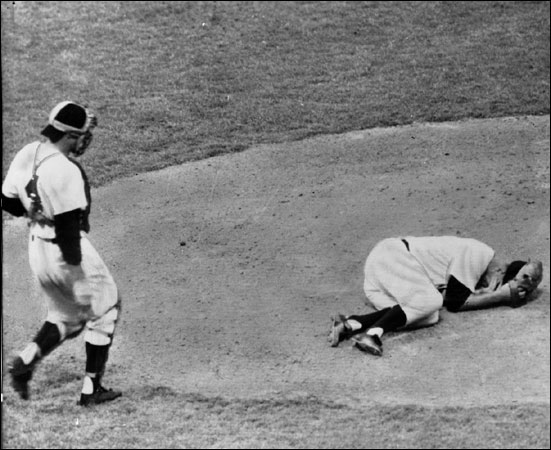
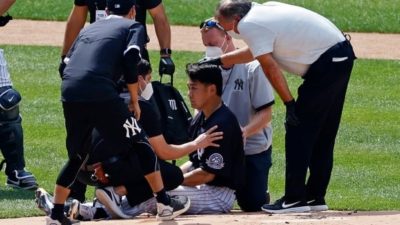
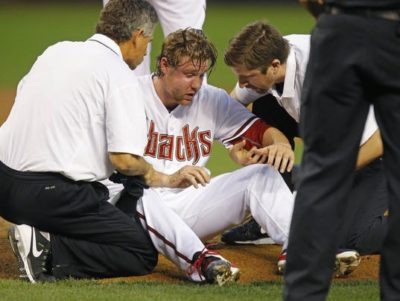
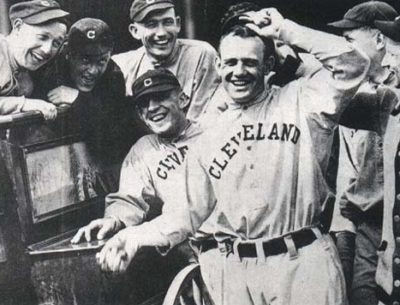
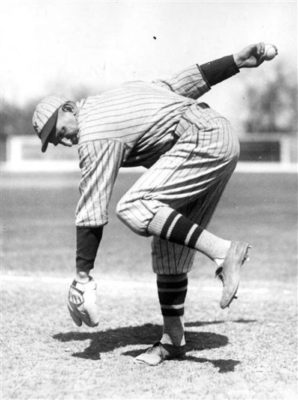
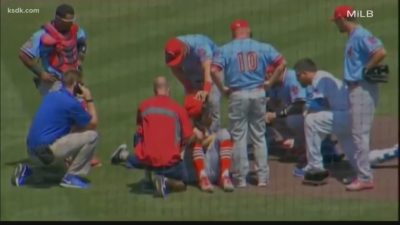
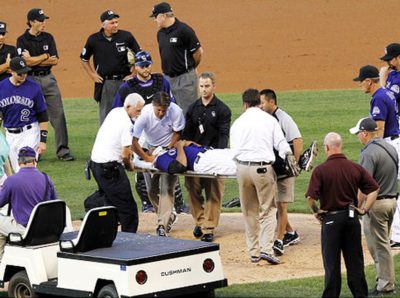
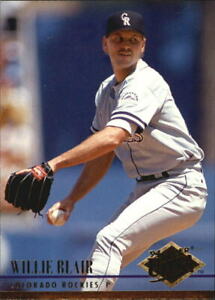
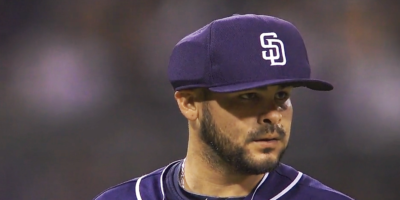
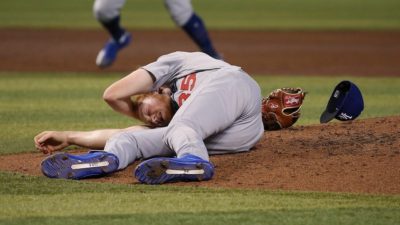
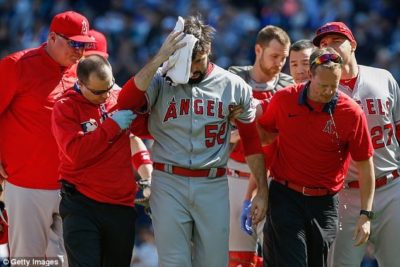
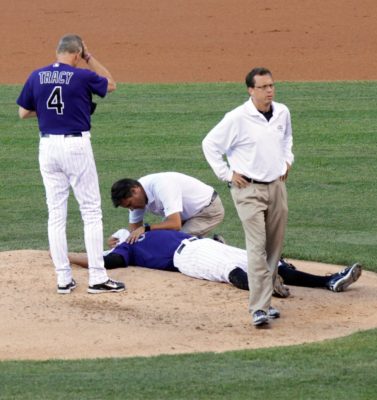
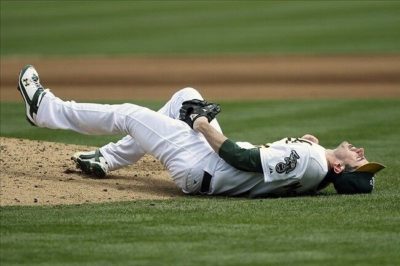
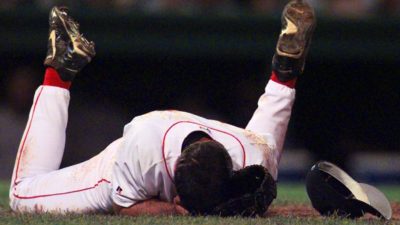
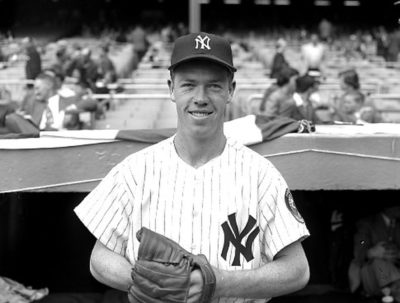
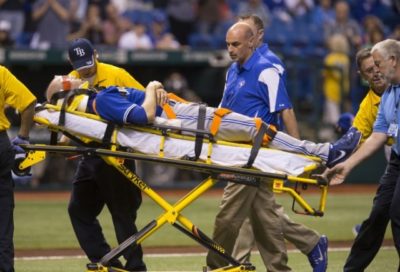
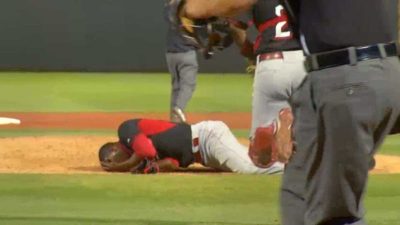
Honestly, I don’t think there is any way to prevent this completely. The protective headgear cap worn by Torres would do nothing to prevent a comebacker to the face. About the only thing I can think of is to instruct pitchers at an early age to always be ready to field their position.
When I played in some softball leagues a few years back, a couple guys got injured by line drives pitching. The league tried to do what it could by banning composite metal bats, etc, but of course, it can’t fully be prevented, short of putting a pitching screen in front of the pitcher. Then what? Is the net in play? Some of the guys took to wearing Game Face masks, which help some, but still can’t eliminate the problem. I don’t mean to sound flippant about the subject, as one of my friends suffered a broken nose on a liner while pitching, but I don’t see how to completely prevent it.
Hi Dave,
I appreciate the comment. Eliminating the risk is impossible as you point out. But mitigating the risk, or at least trying something more than what is done now which is nothing, has to be better right. If a pitcher is severely injured by a batted ball such that his career ends, or worse, you can bet that solutions will come pouring out aplenty from MLB, anyone and everyone.
Very nice job, Mark, on a subject that should be more seriously considered. Especially with super powerful dudes like Gary Sanchez (highest ave. velo off the bat in 2019), Stanton and Peter Alonso (second highest in ’19). And with today’s “Rocket Ball” there is a real danger of catastrophic injury.
But, as Dan says, the problem is not easily solved. Yes, start with protecting young pitchers. And streamline the headgear, with some unobtrusive face protection for the jaw area. Easier said than done. (we howled at Torres who looked like the man from space).
Herb Score had a brilliant career short-circuited because subsequently he would instinctively recoil
after releasing his pitch instead of following through.
As a kid at the Polo Grounds in 1948, I remember Giants batter Bill Rigney belting a searing line drive off the rib cage of Pirate pitcher Hal Gregg. The ball caromed into short left field. Rigney wound up at second. Gregg was carried off on a stretcher. Never saw a ball hit harder.
In your next piece, we want to read a definitive answer to the problem! (Ha,Ha),
Bill S.
Thanks Bill S. that’s very nice of you. There are so many stories we’ve not heard about as I had not heard about Hal Gregg and Bill Rigney – that sounds like it was hard to watch.
As for the definitive answer, um, it doesn’t exist! But we can make things better and safer!
Good job, Mark, on a subject that obviously has to be addressed in some way. I’ve said for quite a while now that the possibility of a pitcher being killed on the mound certainly exists. Pitchers have also suffered injuries being hit in the arms, legs and other parts of their bodies. There may not be one foolproof answer to this dilemma. Thank God MLB never began using aluminum bats.
Thanks Gary. One summer about 20 years ago I played Men’s Senior League Baseball in Connecticut. In an early season practice a former MLB ballplayer Gary Scott (played for the Cubs a bit), was up taking practice swings and I happened to be fielding at 3rd base. Aluminum bats. I didn’t realize what I was doing. I had not played baseball since Little League but am a fair tennis player. Anyway, Scott hits a line drive my way which went past me so fast I never really saw it and I had never seen a baseball hit like that while on the field. Gary Scott was from another planet in terms of skills compared to everyone else and there were some very accomplished mostly amateur players.
I walked off the field saying no way. Not long after the league became a wood bat league. Pitchers are in danger every time they throw the ball and they realize it. I just want to ramp up the conversation so that it’s taking place when there’s an opportunity to at least lower the risk!
Great post Mark, watch for it on FB tomorrow, should draw a lot of traffic to the web site.
Hey Mark. Think you were answering my comment when you addressed it to Gary. By the way, do you still live in Connecticut. I grew up in Stamford and was Sports Editor of Greenwich Time way back in 1968 to about 1970. Really enjoy it.
Bill G.
Very scary with Scott. The “Hot Corner” indeed!
Of course you are right Bill G. Sorry about that. Have lived in Fairfield County for almost 30 years but somehow still consider myself a New Yorker!